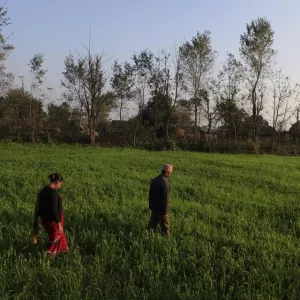Leveraging CGIAR Methodologies for Actionable Insights in 'Heifer Nepal'’s Programming
Background: From the lowland plains of the Terai to the high mountains, rural people in Nepal rely on livestock for both their food and livelihoods – all while helping bridge the gap between the growing demand for food and available supply in urban areas. Studies show that small ruminants such as goat and sheep are historically and culturally important in crop-livestock

Leveraging CGIAR Methodologies for Actionable Insights in 'Heifer Nepal'’s Programming
Background:
From the lowland plains of the Terai to the high mountains, rural people in Nepal rely on livestock for both their food and livelihoods – all while helping bridge the gap between the growing demand for food and available supply in urban areas. Studies show that small ruminants such as goat and sheep are historically and culturally important in crop-livestock mixed farming systems in Nepal, due to their ability to maximize plant resources as feeds, especially in mountainous areas.
This crucial sector does however pose challenges for the country, being one of the largest contributors to methane emissions, alongside rice. With half of global GHG emissions from agriculture coming from livestock, it is crucial for the sector to boost productivity in an environmentally sustainable way.

